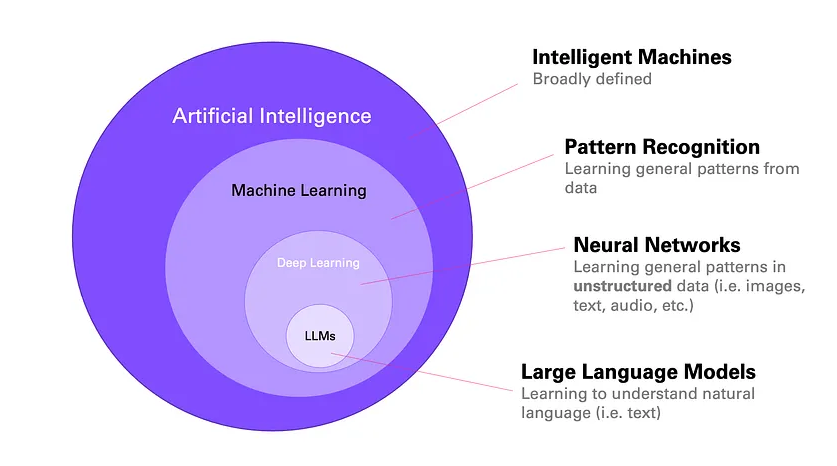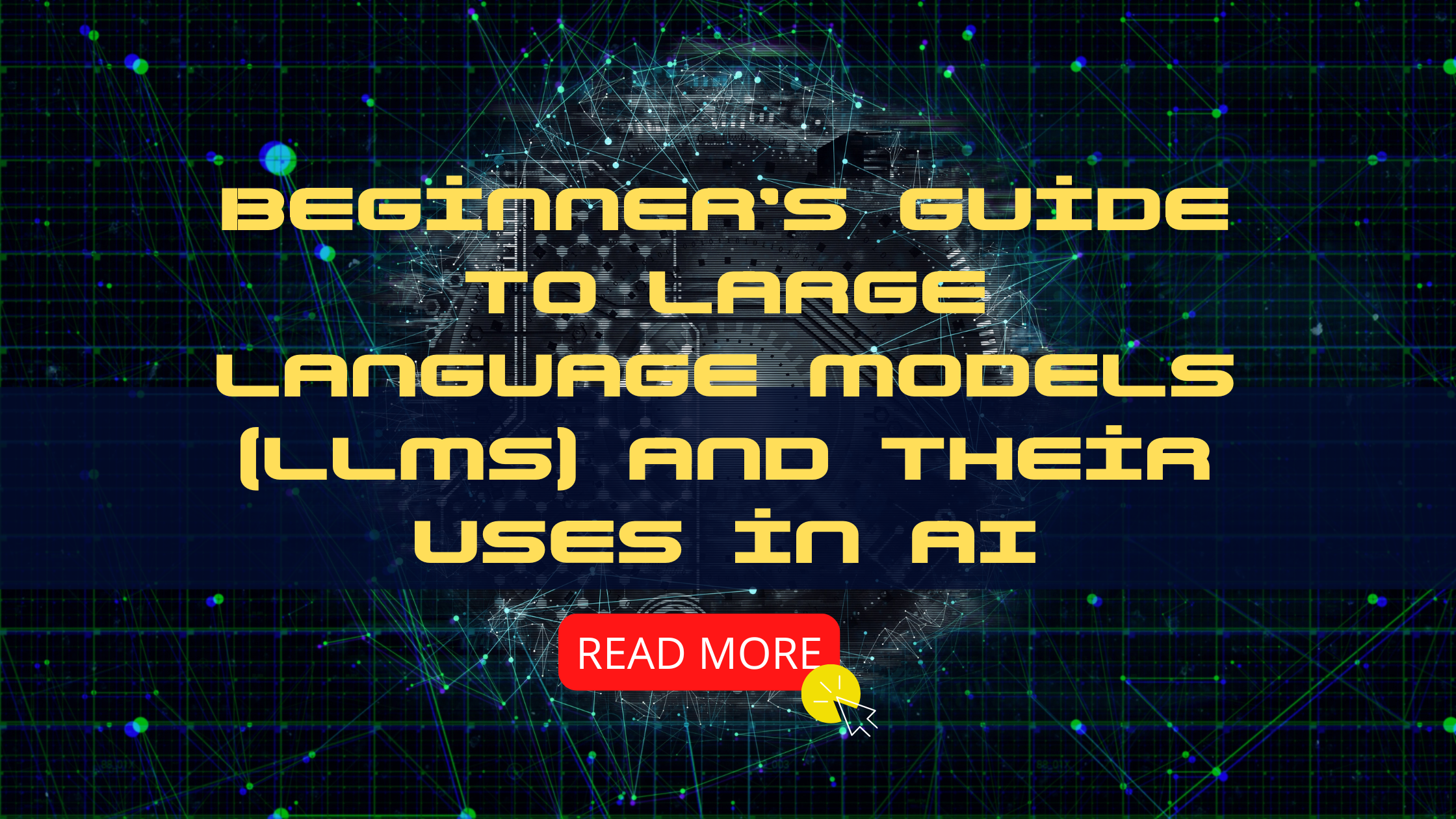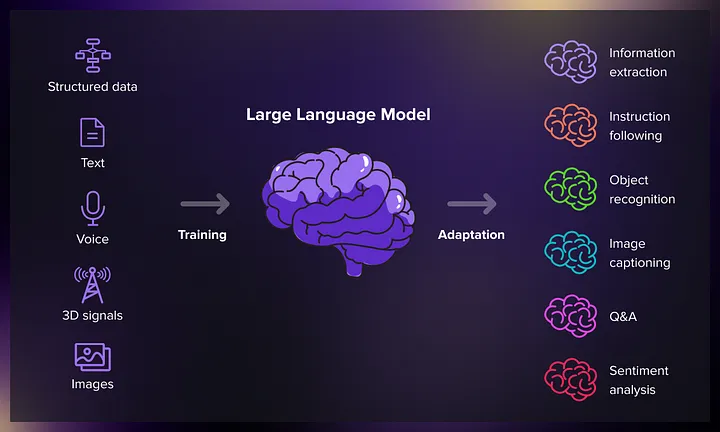A Large Language Model (LLM) is a computer artificial intelligence (AI) software program. It is instructed to read, understand, and generate text, just like we talk or write.
These models are termed large because they are instructed using vast quantities of information, like books, websites, news articles, and even social media.
LLMs use an unusual kind of machine learning called a transformer model. It helps them identify patterns and understand how words and sentences work together.
So, What Does That Mean?
Think of an LLM as being like one super smart robot that has read heaps and heaps of things from the internet. Having learned from all those things, it can figure out how we use words and then make its own sentences that sound like humans.
But it is not all about reading, LLMs also generate text, translate languages, answer questions, and even help write computer code.
How Do LLMs Learn?
They learn through something known as deep learning. This is how it works in simple words:
Step 1: The computer is fed a massive chunk of text (like the whole internet!)
Step 2: It starts learning about which words often come together.
Step 3: With millions or even billions of cases witnessed, the model starts to make an educated guess about what is going to come next in a sentence or how to respond to a question.
The learning is facilitated through something referred to as a neural network, which is essentially like a computer brain. It is made up of layers that pass information from one part to another to help the model make progressively better predictions.
Transformer Models: The Secret Behind LLMs
The reason why LLMs work exceptionally well in the interpretation of human language is that they use transformer models. Transformers help the AI concentrate on the most important aspects of a sentence or a paragraph. This is referred to as self-attention.
Let us say you say, “I saw the man with the telescope.” The model uses self-attention to figure out – did you have the telescope, or did the man? This helps the model understand meaning better than other older types of AI.
Why Are LLMs a Big Deal?
LLMs are super helpful because one model can do many different things. Here are just a few:
- Answering Questions: You ask, “What is the capital of Japan?” and it answers, “Tokyo.”
- Writing Stuff: It can help write blog posts, school reports, emails, or even stories.
- Translating Languages: It can change English to Spanish or French, and more.
- Helping with Customer Support: Many websites use LLMs as chatbots to answer your questions.
- Writing Code: Some models can take a normal sentence like “Create a website with a red button,” and turn it into real code.
That is why LLMs are changing how we use computers – they are flexible, fast, and getting better every day.
Examples of LLMs
Here are some of the most well-known large language models out there:
- GPT-3 by OpenAI: It has 175 billion parameters (that is like 175 billion settings that help it learn).
- ChatGPT: A version of GPT that is fine-tuned to talk and help with all sorts of tasks.
- Claude 2: It can handle really big inputs — even a whole book!
- Cohere’s Command model: It works in over 100 languages.
- LightOn’s Paradigm: Another powerful model built to compete with the best.
- Jurassic-1 by AI21 Labs: This one has 178 billion parameters and understands over 250,000 word parts.
All these models let developers use APIs, which means anyone can build apps or tools using their language abilities.
What Can LLMs Be Used For?
Let us go through some real-world uses of LLMs:
1. Writing Content
LLMs can help write articles, product descriptions, and even stories. Some tools can also improve your blog writing by suggesting better words.
2. Answering Questions from a Database
LLMs can search through large amounts of digital documents and find answers. This is useful in schools, offices, and customer service.
3. Sorting Text by Meaning or Emotion
They can figure out if a sentence is happy, sad, or angry, or if two texts talk about the same topic.
4. Writing Code
LLMs can take instructions in plain English and turn them into real code. Tools like GitHub Copilot and Amazon CodeWhisperer are already doing this.
5. Finishing Sentences or Stories
They can help you finish a paragraph or even write a full article if you give them a good prompt. Some tools, like Alexa Create, even help write fun stories for kids!
What is Next for LLMs?
LLMs are already powerful, but the future is even more exciting. Here is what is coming next:
1. Even Smarter Models
Newer models will make fewer mistakes, give better answers, and reduce bias in their results.
2. Training with Videos and Sounds
Most models today only learn from text but soon they will learn from video and audio as well. By that, we mean they might aid in self-driving cars, robots, or in-game characters.
3. Changing How We Work
Similar to how machines transformed factories, LLMs will change work that is a whole lot of typing, copying, or researching. Humans will still be needed, but LLMs can help speed up dull tasks.
4. Smart Virtual Assistants
Things like Siri, Google Assistant, and Alexa will get more intelligent, anticipating your needs even better than today. You will be able to communicate with them in a more natural way.
Conclusion
LLMs are changing the world we live in, from how we compose emails and search on the internet, to how we learn and work. They are no longer exclusive to computer scientists.
They are not there yet, but with every new update, they get better. So, if you have ever engaged in a conversation with a virtual assistant or used a writing device, then chances are strong that you have already used an LLM, and this is just the beginning.



